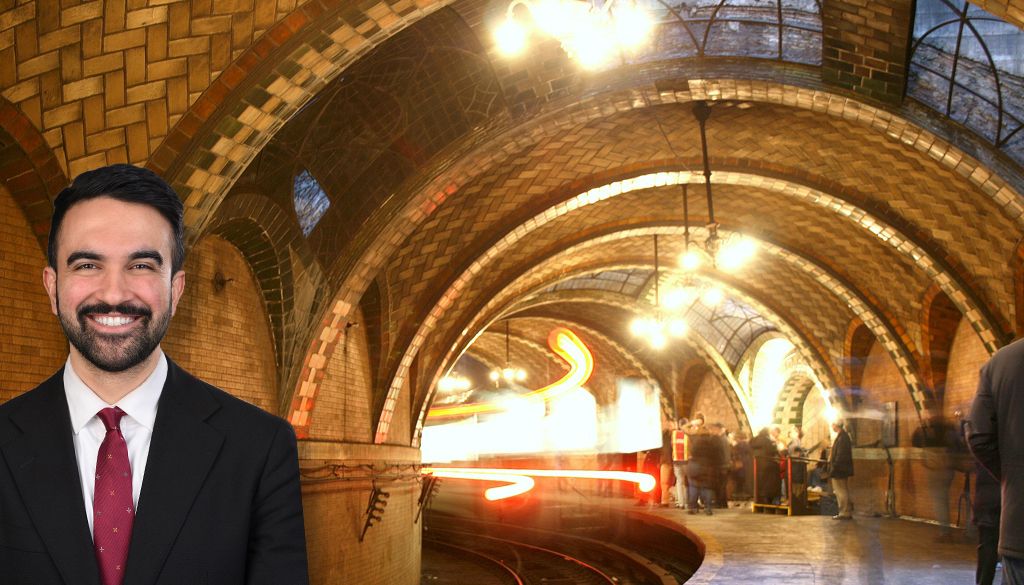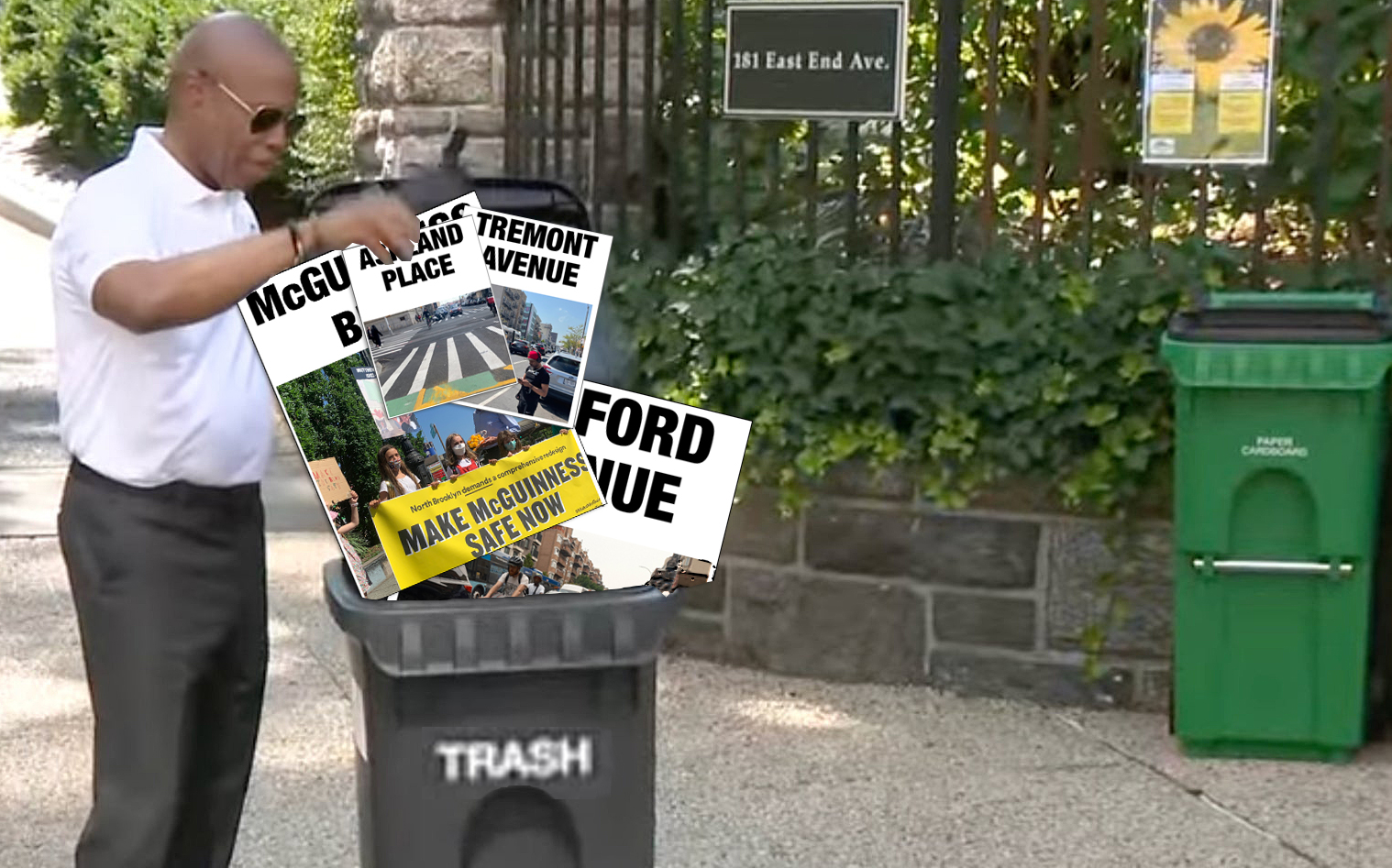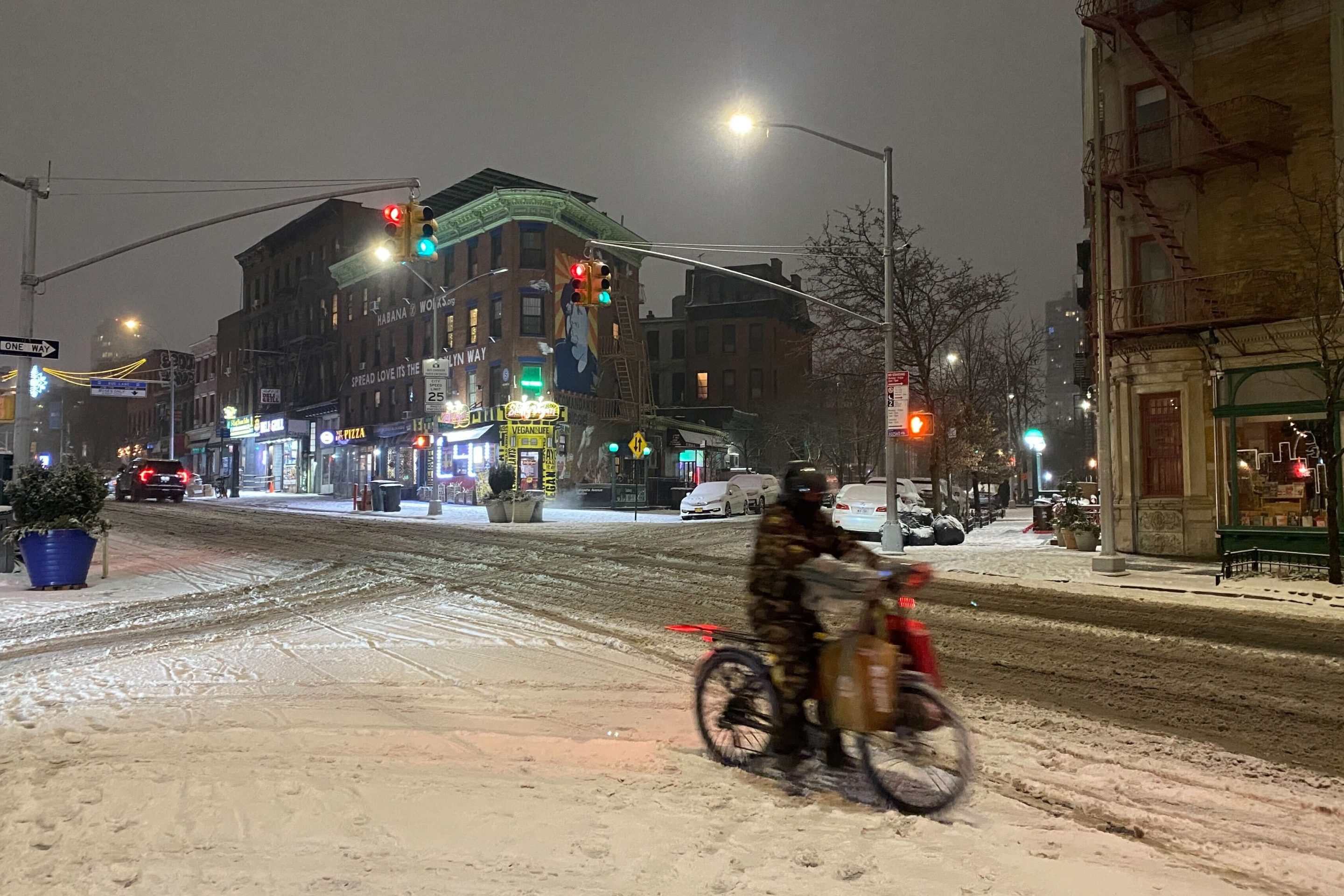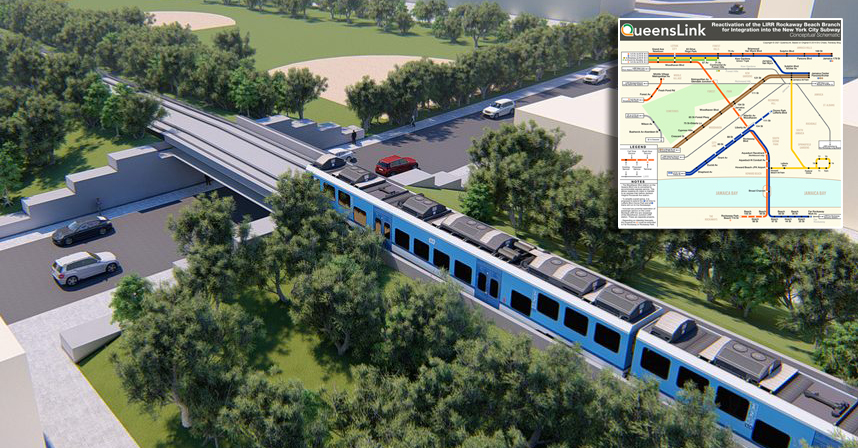Can taxes on driving mileage replace gas taxes as a source of transportation funds? Right now the state of Oregon is testing a mileage tax with an opt-in pilot program called "OreGo." Participants install a device that tracks their driving and pay 1.5 cents per mile, which is assessed from a special account.
Jerry Zelada is one of the 891 people testing out the tax. He writes at Bike Portland that the mileage tax system captures a lot of information that a gas tax never could. But putting that information to good use depends on the values of the agency collecting it:
There are some secondary benefits that can accompany this program. I can log into my account and see my own behavior: jack-rabbit starts; hard braking; a map of every trip my car has made. It even asks me, Why didn’t you walk for such a short drive? My MapMyRide and Strava do the same thing: nag that today’s average speed was 11.5 rather than 12 miles an hour. There are more possibilities for this Black Box of road use: assess pre-crash data, document erratic behavior for solo deaths due to distraction, find stolen cars, find lost elders, parental tracking of kids, or track employee behaviors using company vehicles. These are individual issues.
Another secondary benefit is aggregate information that can assist policy decisions; where to spend money to ameliorate congestion, creating incentives for staggered employee arrivals, etc. Imagine plotting all the three-mile or shorter trips and find that people drove instead of walked due to poor lane crossings. OreGo can collect substantial information that could reveal community patterns not understood. It is a possibility that the Oregon Department of Transportation (ODOT) would see how widening roads may not be the answer when other options could pull those ‘three mile trip drivers’ away from large arterials.
The program is a good first step. Taxing real use catches up where gas consumption only tells the purchased gallons. But it comes up short as it still associates vehicles as primary users in defining road use. We still need to redefine transportation as including all users.
Even if the mileage fee can overcome political obstacles, Zelada says, the success of the concept comes down to whether Oregon DOT would use the revenue to pursue the right goals:
With this new structure for road tax revenue, there needs to be discussion about the allocation of tax dollars. We need to include Active Transportation as part of this discussion. Now is the time to evaluate so that the monies do not become a silo excluding Active Transportation. Wisely, we set up the Bike Bill to allow 1 percent of the state gas tax to funnel money toward bike paths (as they were called in 1971). This was when there were probably only 12 daily bicycle trips across the Hawthorne. Today we still have 1 percent of the money coming in for Active Transportation but we have 15,000 daily bike trips on the bridge.
We need to make sure that ODOT’s Road User Fee Task Force understands that the road is no longer a pavement industry. The road has a new definition regarding reduced traffic speed to reduce deaths, increased arterials for parents to bicycle their children to school and to shop; pedestrian crossings of 6 lanes on 181st; filling in 500 miles of unfinished sidewalks, creating electric bike pathways...on it goes. We have redefined the road. Will the task force be up to date?
Elsewhere on the Network today: BikeWalkKC writes that Kansas City has installed its first bike signal. WABA reports that a bill to strengthen legal rights for pedestrians and cyclists struck by drivers in D.C. was passed by the City Council and is headed to the mayor's desk. And U.S. PIRG responds to an absurd claim by the Washington Times that higher gas milage is causing more deaths on America's roadways.






